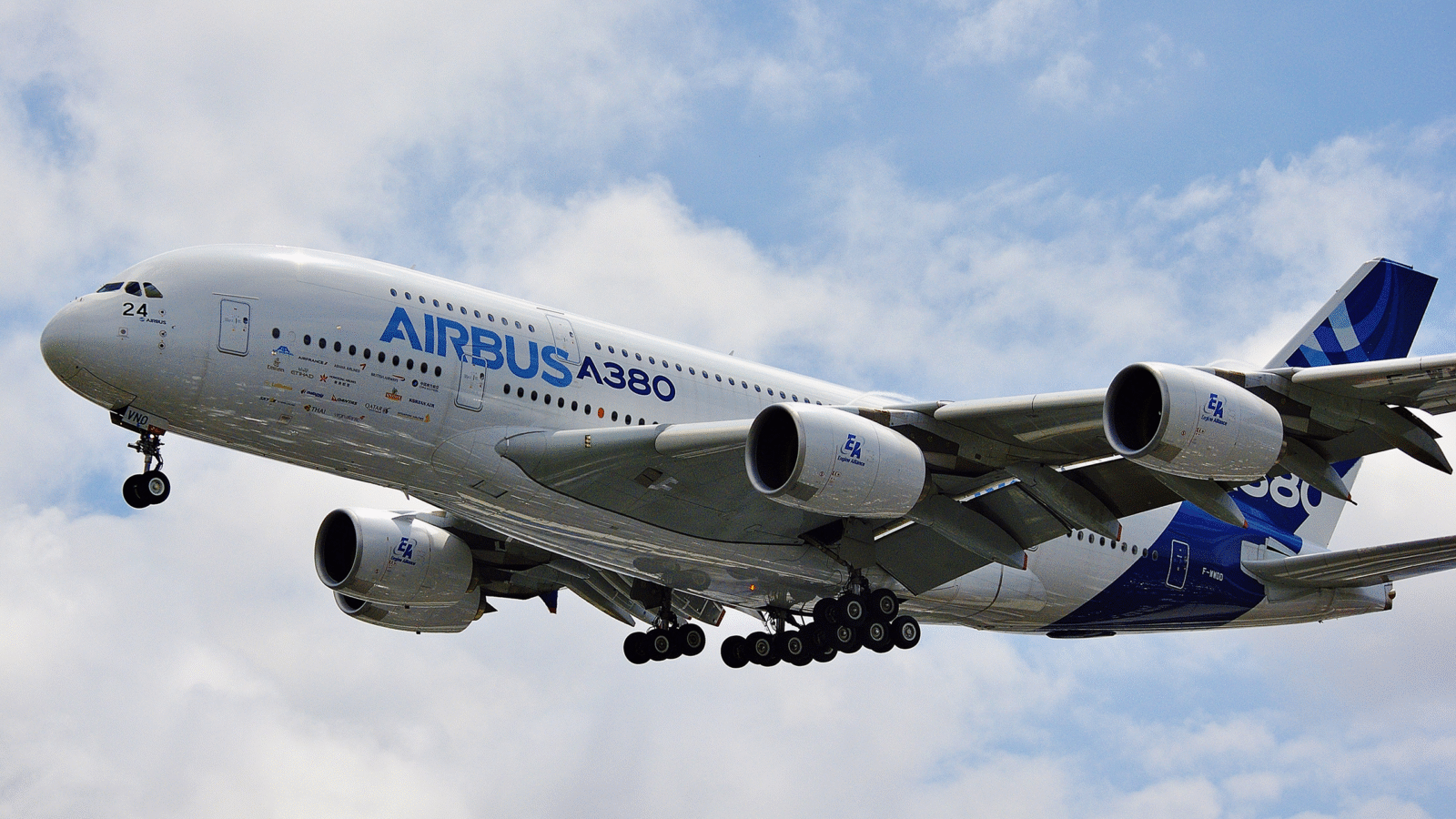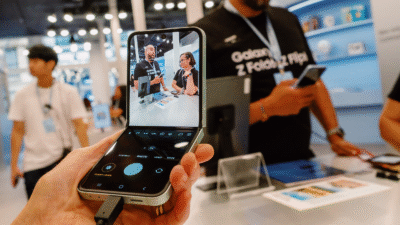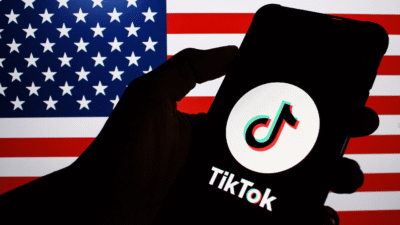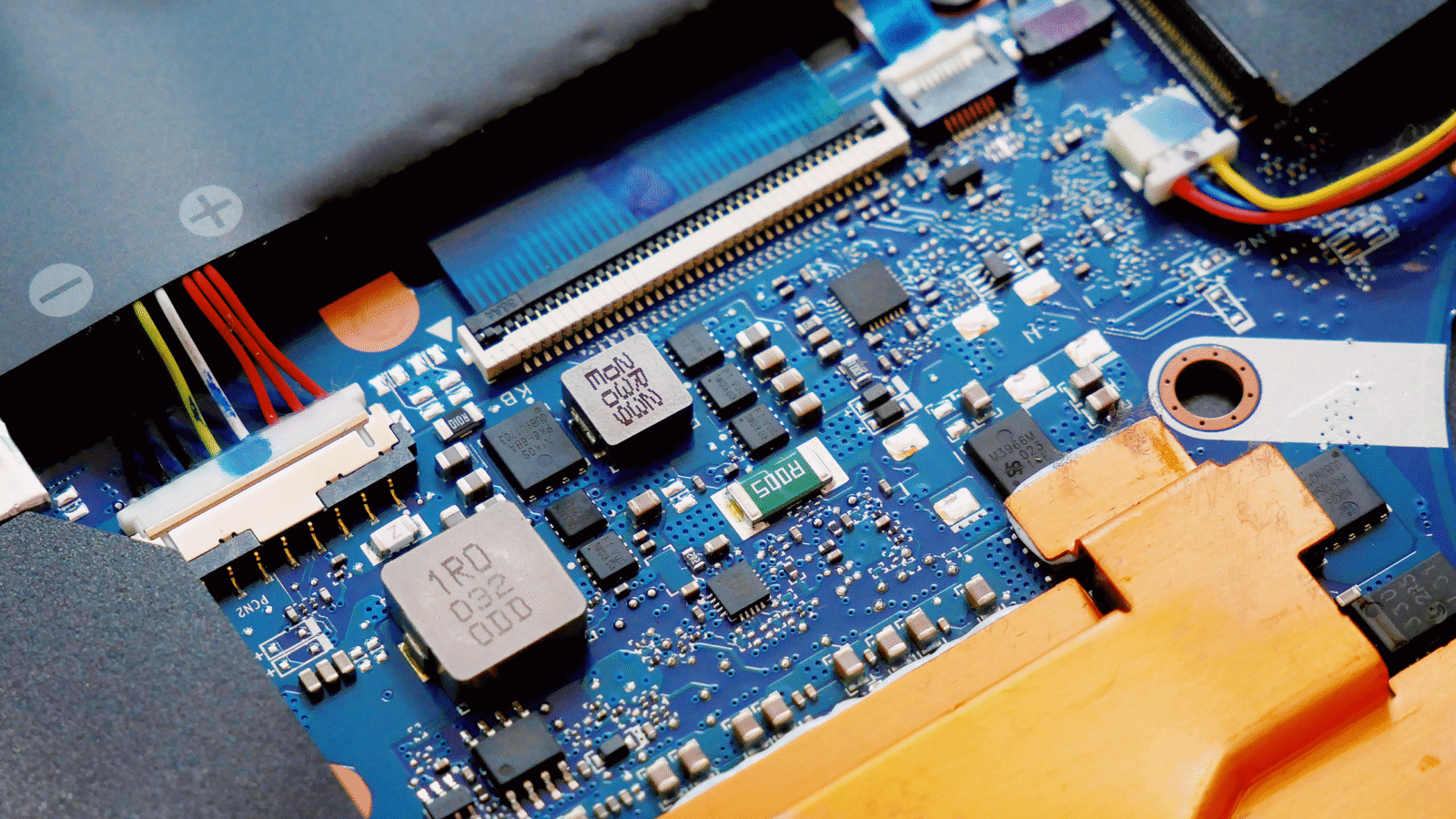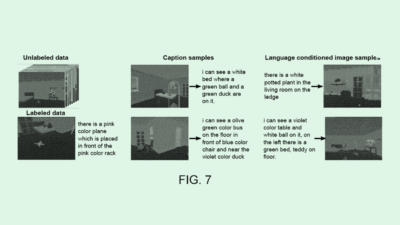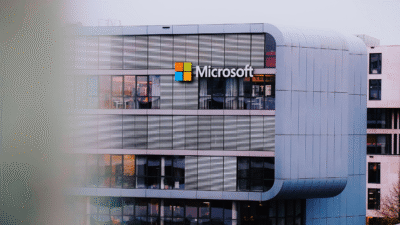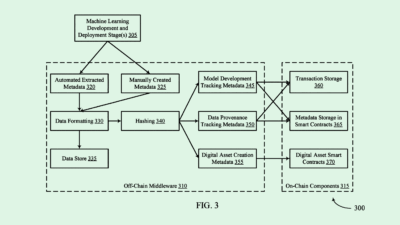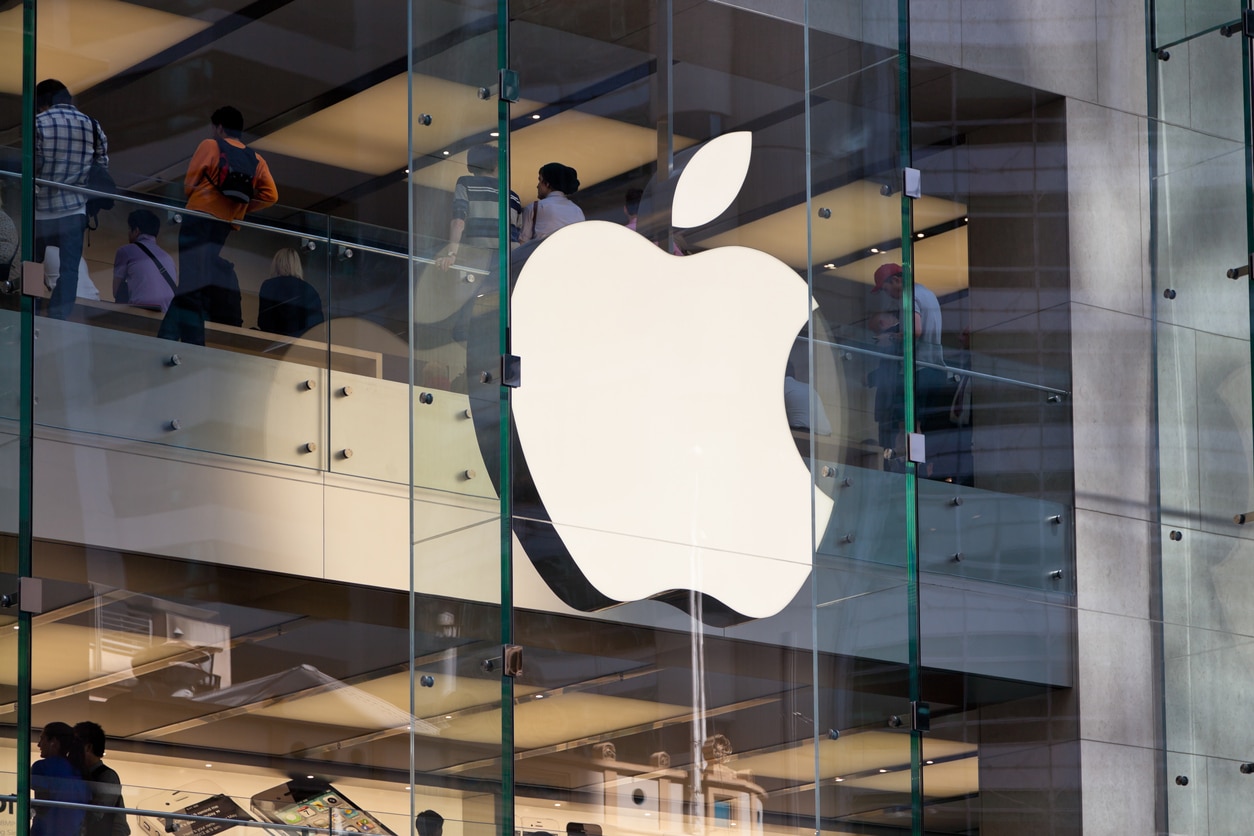
Sign up for smart news, insights, and analysis on the biggest financial stories of the day.
The company that added a middling U2 album to half a billion customers’ music libraries without asking and is currently being sued for allegedly recording private conversations and passing on the data from them to third parties has your back.
New research reveals Apple has tripled its market share of the mobile app advertising market this year by blocking rivals from using targeted ads on iPhones — something Apple says it did, of course, for user protection.
What Competition?
When Apple introduced its latest privacy changes in April, blocking rivals Facebook and Google from targeting iPhone users, it also ramped up its own in-house ad business. Dubbed Search Ads, the Apple unit offers paid slots in the App Store that show up on top of search results — look up “dog walking” and you might get Rover, for example.
Competitors cried that this was a monopolizing cash grab. Apple said it was protecting its customers from the creep of surveillance capitalism. Either way, the numbers don’t lie:
- Apple’s in-house business now accounts for 58% of app downloads made through ads on iPhones, according to marketing research firm Branch. Only a year ago, it was 17%.
- Apple’s on track to make $5 billion from advertising this year, and take in $20 billion per year by 2024, according to Evercore researchers, who wrote Apple’s “actions have significantly altered the landscape.”
Double Up: Caroline Letsjöar, head of branding for parking app EasyPark, told the Financial Times that since April her company has doubled its spending on ads with Apple, leading to an “all-time high in ad conversion rate,” and that reaching iPhone customers through Google “has suffered and thus we have decreased our budget.”
Don’t Count Google Out: Many mobile advertisers have shifted their budgets to Google’s Android market. According to researchers at mobile advertising firm Singular, the ratio of advertising money spent on iPhones and Android phones went from a 50%/50% split earlier this year to a 70%/30% advantage for Androids by June.
